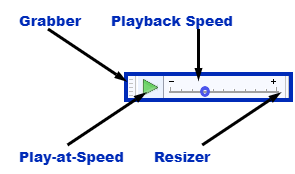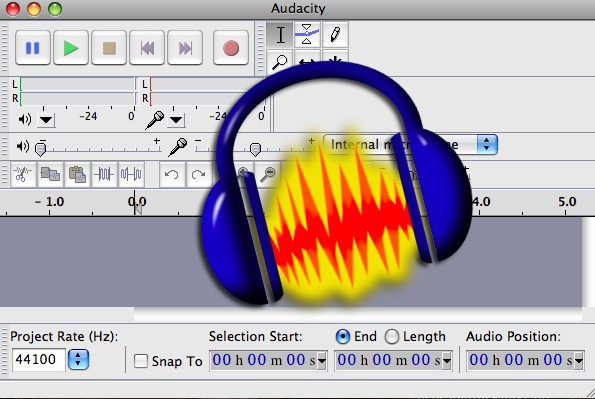
Nyquist… Well you could spend some time reading about this on the web to fully understand it, or all we need to do is divide our sample rate by two to find the resulting available audio bandwidth (frequency range).įor example 48KHz is a standard broadcast setting, divide by two and we get 24KHz, this is the highest frequency your audio can contain at a sampling rate of 48KHz. Sample Rate controls how detailed the audio will be and how far up into the frequency range the audio can be captured/recorded. Two things to think about here, ‘Sample Rate’ and ‘Nyquist Frequency’. Next is the quality issue, this involves some simple math to see what is happening and accounts for what we will hear when playing back pitch-shifted audio material… So use ‘-12’ for an octave down, ‘-24’ for two octaves down, etc. If you put ‘-24’ into Audacity’s ‘Change Pitch/Semitones/half-steps’ function (as in the video above that uploaded) and then process it, your audio will be re-pitched down two octaves.Īs far as I can remember, you don’t need to change the tempo/speed because this process is independent of that function in this software. In this system, an octave is actually 12 half-steps or semitones not 24.



There are a couple of things you need to understand in order to get ‘high quality’ pitch-shifting results…įirst of all, in most western based music we use a system of tuning called ‘Equal Temperament’. Here is some of that extra insight into what you are trying to do…


 0 kommentar(er)
0 kommentar(er)
